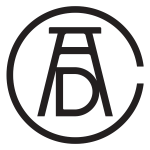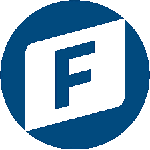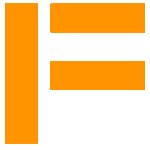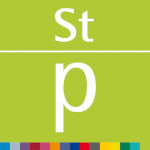Role
Duration
Stakeholder
I developed and lead a human-centered design process, including method innovation, empirical research, prototype production, and stakeholder management
3.5 years
More than 2,200 study participants, 5 researchers and designers, and multiple businesses and research institutions






